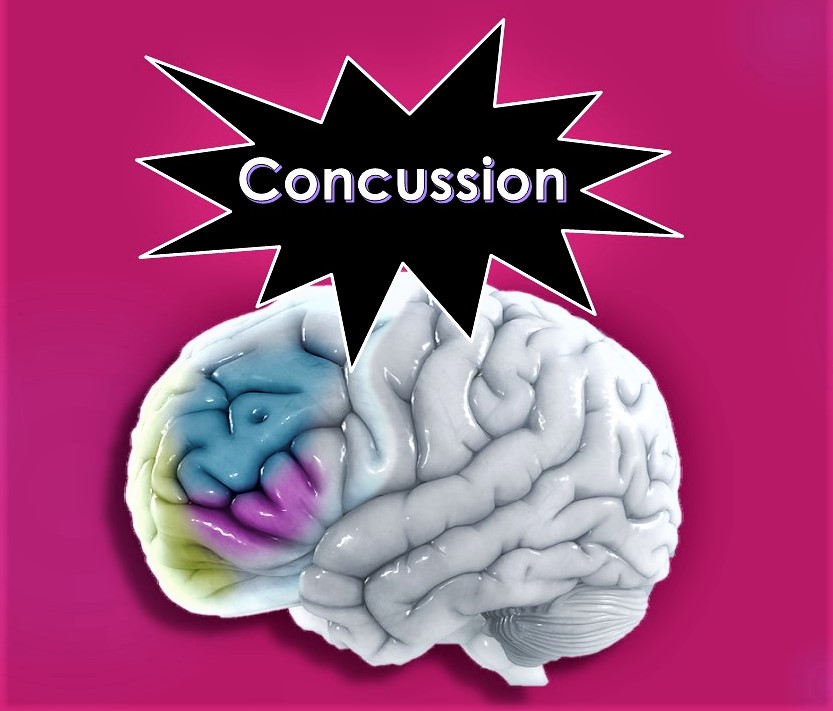
Click here to read this article in Marathi: कंकशन
The brain is made of soft tissue and is cushioned by clear fluid, known as cerebrospinal fluid (CSF). It is encased in the hard, protective skull. The brain can move around inside the skull and even bang against it.
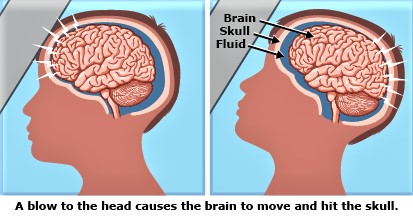
What is a concussion?
A concussion is a mild traumatic brain injury. It is usually caused by a bump or blow to the head that causes the brain to move rapidly back and forth. Forceful shaking can also cause a concussion. This sudden movement creates chemical changes in the brain and sometimes damage the brain cells. This disrupts the signals between nerves temporarily, which causes concussion symptoms. The term mild means it is not life threatening. But concussion can be serious.
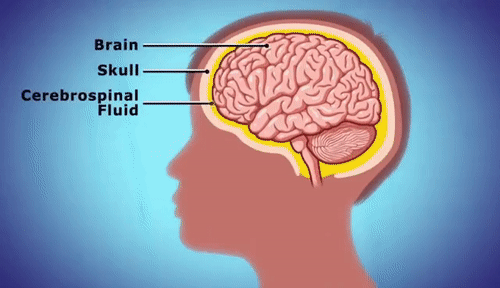
What are the causes of concussion?
Some of the most common causes include:
- Falls
- Sports injuries
- Motor vehicle accidents
- Being hit by an object or another person
Among children, most concussions happen on the playground, while bike riding, or when playing sports such as football, basketball, ice hockey, wrestling, or soccer.
Girl athletes are 1.5 times more likely to get concussions than boys.
A child who has had one concussion is three to five times more likely to get a concussion than one who hasn’t.
What are the signs and symptoms of a concussion? Signs and symptoms may occur right away or develop days or weeks after the concussion. You should continue to check for signs of concussion right after the injury and a few days after the injury. Depending on your child’s age, he or she may have any of the following:
- Just not “feeling right,” or “feeling down”
- A mild to moderate headache
- Can not recall events prior to or after a hit or fall.
- Appears dazed or stunned.
- Drowsiness, dizziness, or loss of balance
- Loses consciousness (even briefly)
- Nausea or vomiting
- Bothered by light or noise
- A change in mood (restless, sad, or irritable)
- Trouble thinking, remembering things, or concentrating
- Ringing in the ears
- Changes in sleeping pattern or fatigue
- Constant crying that cannot be consoled, or refusing to feed (in babies)
How is a concussion diagnosed? The healthcare provider will examine your child. He/she will ask about child’s injury and symptoms. Your child may need any of the following:
- A neurologic exam can show healthcare providers how well your child’s brain works after an injury. Healthcare providers will check how your child’s pupils react to light. They may check your child’s memory and how easily he or she wakes up. Your child’s hand grasp and balance may also be tested.

- CT or MRI scans: Concussions are an injury to brain cells and the findings are usually not visible on scans. Hence, brain scans are usually normal in concussion. Not every child with concussion needs brain scan. They are required when there is a suspicion of bleeding in the brain, fracture or other structural injuries.
How is a concussion managed? Concussion symptoms usually go away without treatment within 2 weeks. The following can help you manage your child’s symptoms:
- Watch your child closely for the first 48 hours after the injury.
- Physical rest: Have your child rest to help his or her brain heal. Keep your child home from school or daycare. Do not let him or her ride a bike, run, swim, climb, or play sports.
- Mental rest/cognitive rest/brain rest: Complete brain rest or cognitive rest for the first 48 hours is recommended. Do not let your child play video games, read, watch TV, or use a computer.
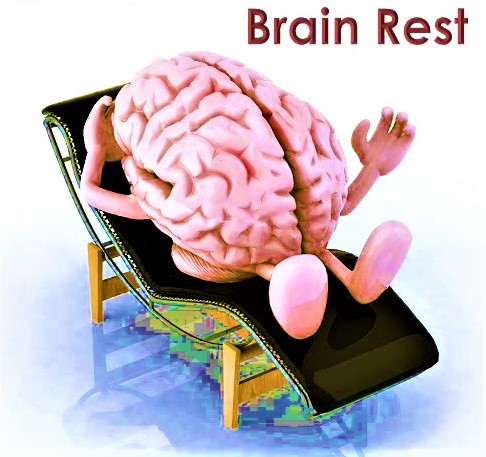
- Your child can go back to school and do most daily activities slowly.
- He or she will need to stop any activity that triggers symptoms or makes them worse.
- Do not allow your child to play sports until his or her healthcare provider says it is okay. Sports could make your child’s symptoms worse or lead to another concussion. The provider will tell you when it is okay for him or her to return to sports.
- Don’t let your teen drive.
- Help your child create a sleep schedule. A schedule will help prevent your child from getting too much or too little sleep. Your child should go to bed and wake up at the same times each day. Keep your child’s room dark and quiet.
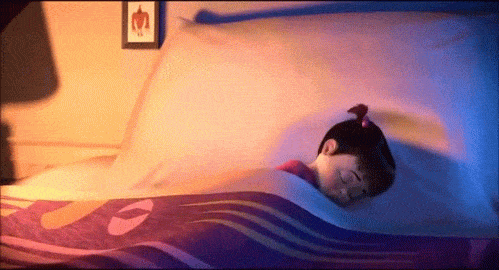
- Pain medicine may help relieve headache pain. Your child’s provider will tell you how long to give these to your child. Your child may develop a condition called a rebound headache if pain medicine continues for too long.
- Acetaminophen (Tylenol or Paracetamol) decreases pain and fever.
- NSAIDs , such as ibuprofen (Motrin or Advil), help decrease swelling, pain, and fever.
- Sometimes, medications are prescribed for headaches, nausea, vomiting, sleep disturbances, dizziness, depression, attention& concentration problems.
- In some cases, they might need therapies like speech therapy (ST), occupational therapy (OT), vestibular therapy, vision therapy or cognitive behavioral therapy (CBT)
How can I help my child prevent another concussion? A concussion that happens before the brain heals can cause a condition called second impact syndrome (SIS). SIS can cause your child’s brain to swell. Even after your child’s brain heals, more concussions increase the risk for health problems later. The following can help prevent another concussion:
- Make your home safe for your child. Home safety measures can help prevent head injuries that could lead to a concussion. Put self-latching gates at the bottoms and tops of stairs. Screw the gate to the wall at the tops of stairs. Install handrails for every staircase. Put soft bumpers on furniture edges and corners. Secure heavy furniture, such as a dresser or bookcase, so your child cannot pull it over.
- Make sure your child uses a proper car seat, booster seat, or seatbelt every time he or she travels. This helps decrease your child’s risk for a head injury if he or she is in a car accident.
- Have your child wear protective sports equipment that fits properly. A helmet is not a guarantee against a concussion, but it can help decrease the risk. Have your child wear the proper helmet for each activity, such as bike riding or skateboarding. Your child will need specific helmets for sports, such as football.
Dangerous Signs & Symptoms of a Concussion1
- One pupil larger than the other.
- Drowsiness or inability to wake up.
- A headache that gets worse and does not go away.
- Slurred speech.
- Repeated vomiting or nausea, convulsions or seizures (shaking or twitching).
- Unusual behavior, increased confusion, restlessness, or agitation.
- Loss of consciousness (passed out/knocked out). Even a brief loss of consciousness should be taken seriously.
- Your child has arm or leg weakness, loss of feeling, or new problems with coordination.
- Your child has blood or clear fluid coming out of his or her ears or nose.
- Your baby will not stop crying, or will not eat.
- Your baby has a bulging soft spot on his or her head.
There are some common myths about concussion. Here is the link of my interview regarding the myths: https://www.hackensackmeridianhealth.org/HealthU/2019/03/28/common-myths-about-kids-and-concussions/
Concussions are serious! Concussion left untreated can lead to long-term complications. Potential complications of a concussion include chronic headaches, memory problems, vertigo, and post-concussion syndrome, which is headaches, dizziness, mood swings, and brain fog that can continue for months or years after a concussion.
Chronic traumatic encephalopathy (CTE) is the term used to describe brain degeneration likely caused by repeated head traumas. CTE is a diagnosis made only at autopsy by studying sections of the brain. It is found in the brains of people who played football and other contact sports, including boxing. It may also occur in military personnel who were exposed to explosive blasts. The signs and symptoms are difficulties with thinking (cognition) and emotions, physical problems and other behaviors. It is thought to develop years to decades after head trauma occurs. There is no treatment for CTE.
If interested, you can watch a 2015 movie “Concussion” which is based on a true story of Dr Bennet Omalu, a Nigerian-born pathologist. He was the first to discover and publish findings on chronic traumatic encephalopathy in American football players.
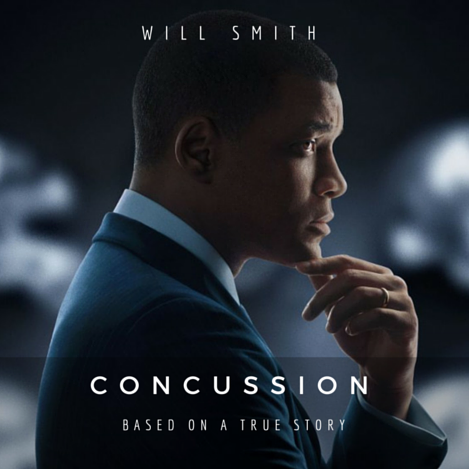
References:
